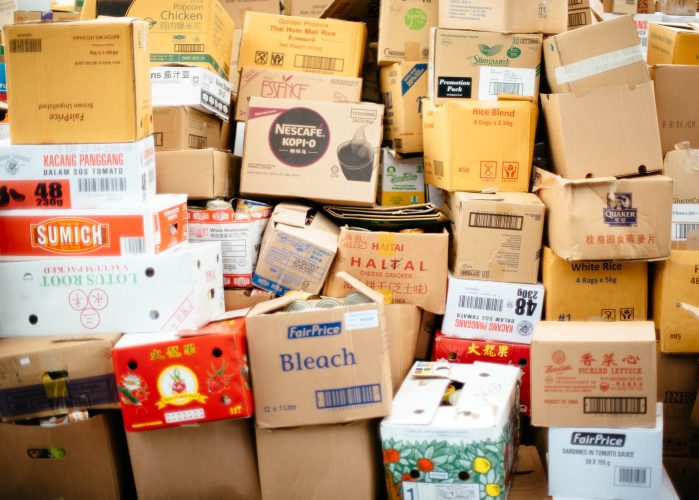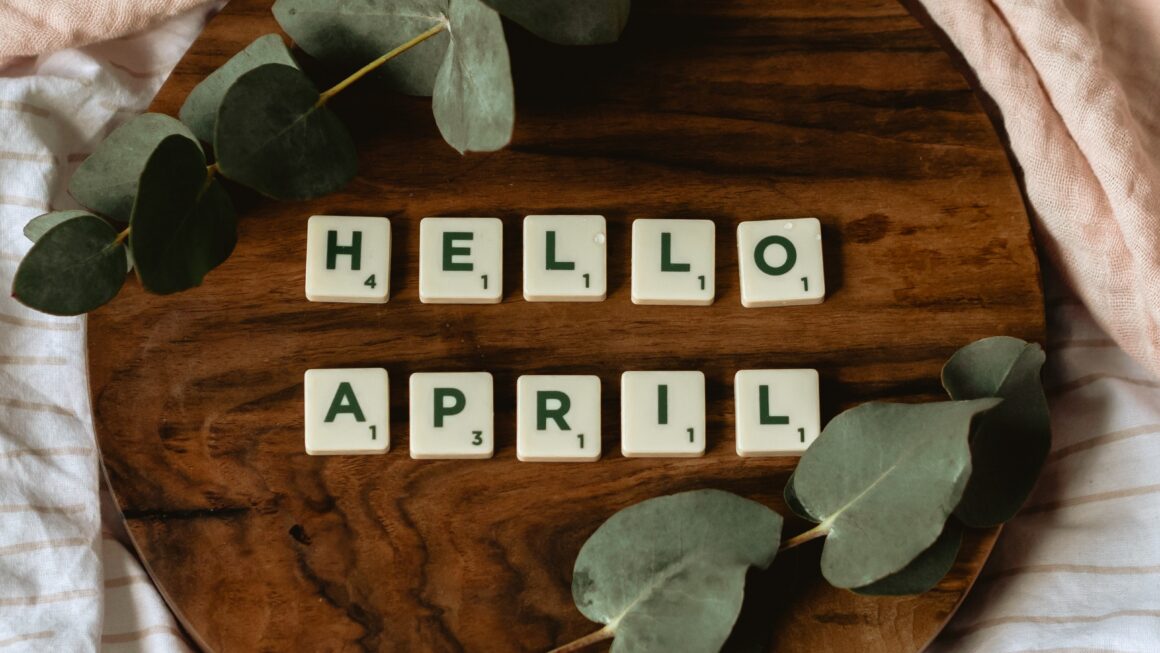This post may contain affiliate links, please see my disclosure policy to learn more.
Many people don’t think of cardboard as a versatile material, but it actually has many uses in the garden. Cardboard is biodegradable, natural, and recyclable. As it decomposes, it becomes increasingly enriched.
With the recent rise in online shopping, it seems that there is always a constant stream of cardboard coming through your home. So what can you do with all that cardboard? Here are some of the ways you can use cardboard in your garden.
Mulching
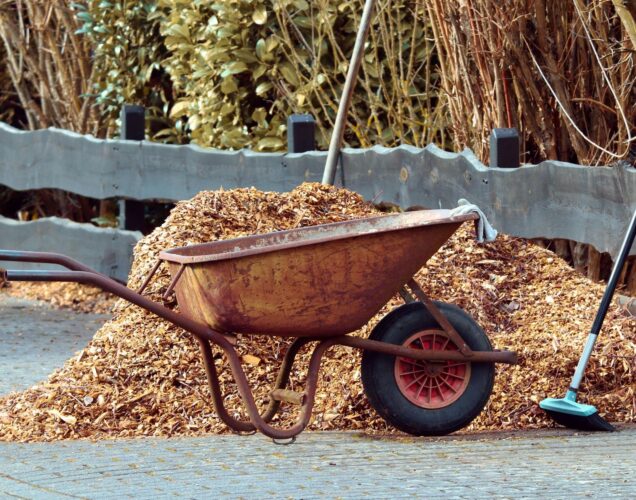
Gardeners have traditionally used mulch to protect plants and improve the appearance of their gardens. Mulch is a layer of material, such as wood chips, leaves, or straw, that is spread over the surface of the soil. It helps to regulate moisture levels, prevent weed growth, and keep the soil from eroding. While there are many different types of mulch available for purchase, one inexpensive and easily accessible option is cardboard.
Cardboard can be used in much the same way as other types of mulch. It helps to control moisture and keep weeds at bay while also protecting the soil from erosion. Furthermore, it breaks down quickly, adding valuable nutrients to the soil. To use cardboard as mulch, simply wet it down and lay it over the desired area. Be sure to overlap the edges to create a barrier that will hold the mulch in place. Once the cardboard has been in place for a few weeks, it will begin to break down and can be covered with a more traditional type of mulch if desired, such as wood chips or straw.
Cloches
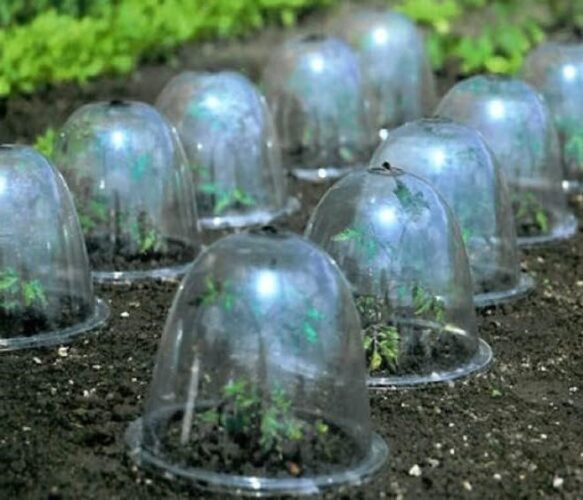
Gardeners have long used cloches to protect their plants from the elements. Also known as bell jars, these glass or plastic covers help to create a miniature greenhouse around a plant, trapping heat and moisture to promote growth. Cloches can be costly, while cardboard boxes are typically free.
If a sudden frost is predicted, simply place cardboard boxes, upside down, over each plant. Use boxes that are a few inches taller and wider than the plant. One box may even be big enough to cover multiple plants at once. Since cardboard is lightweight and could blow away you may need to put rocks or other heavy items on top of them to hold them down.
Cardboard boxes can deteriorate if they get wet, so be sure to remove them and store them someplace dry after the danger of frost has passed.
Suppressing Weeds
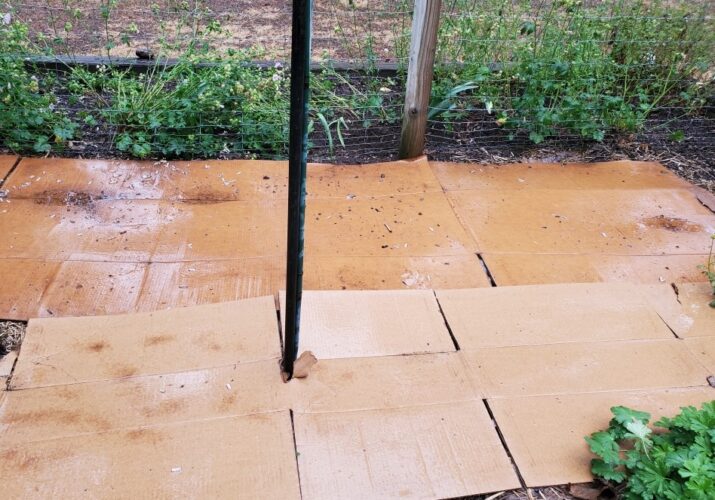
Cardboard is an effective way to suppress weeds in the garden. The cardboard prevents sunlight from reaching the soil, which in turn prevents weed seeds from germinating. Cardboard also smothers existing weeds, causing them to die from lack of sunlight. To use cardboard as a weed suppressant, simply lay it over the area you wish to protect. You can secure the cardboard in place with rocks or landscape staples. Be sure to overlap the edges of the cardboard to create a barrier against weeds. When using cardboard as a weed suppressant, be sure to check underneath it periodically to make sure that no weed seeds have managed to sprout through. With proper care, cardboard can be an effective tool for keeping your garden free of weeds.
Container Gardening
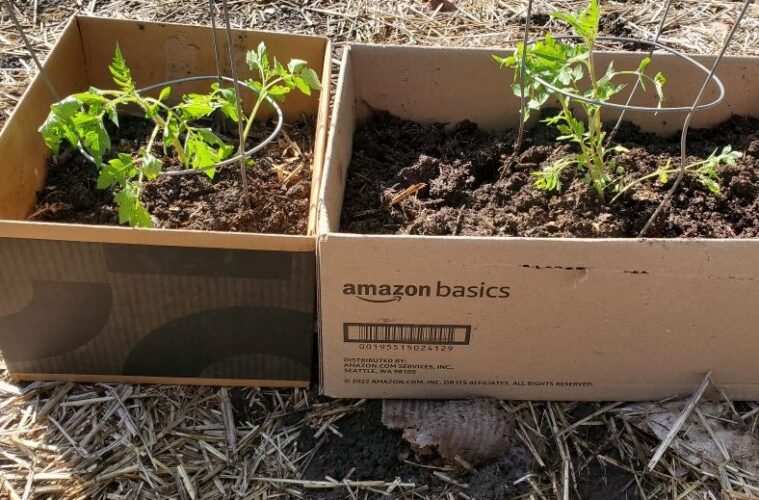
Container gardening is a great way to grow your own fruits, vegetables, and herbs, even if you don’t have a lot of space. One of the best materials for making DIY containers is cardboard. Cardboard is inexpensive and easy to find, and it can be used to make all sorts of different containers, from small pots to large planters. Plus, cardboard is biodegradable (it takes about 3 months for thick cardboard to break down), so your containers can be composted when you’re finished with them. Using heavy-duty boxes or doubling up on boxes is recommended for container gardening. To make a cardboard container, simply choose the size of the box you desire, make sure it has drainage holes, and fill it with garden soil or potting mix. Then, plant your seeds or seedlings and water them as needed. With a little care, your cardboard container garden will thrive.
Compost
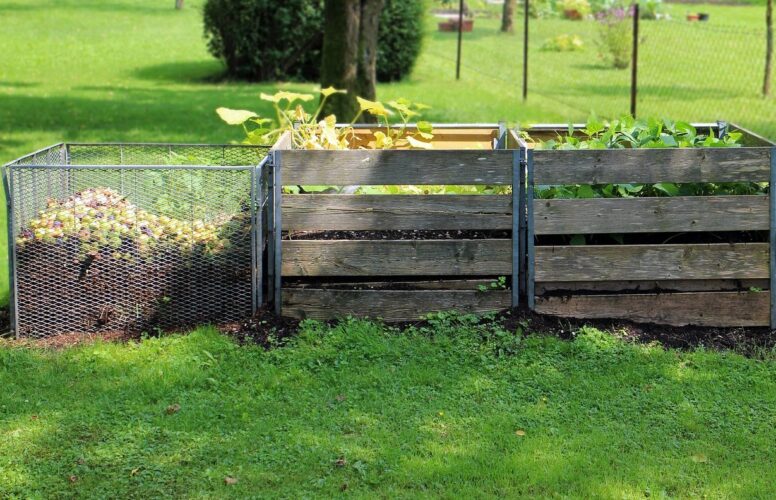
Composting is a great way to reduce waste and give your garden a boost of nutrients at the same time. You can compost all kinds of organic materials, including fruit and vegetable scraps, coffee grounds, and eggshells. And one material that you may not have thought of composting is cardboard.
That’s right – cardboard can be an excellent addition to your compost pile. Cardboard is made from paper, which is an organic material, and it breaks down relatively quickly. Plus, it can help to aerate the compost and keep things moving along. Just make sure to shred the cardboard into small pieces before adding it to the compost bin. Next time you have some cardboard to get rid of, don’t just toss it in the recycling bin. Put it in your compost pile instead – your garden will thank you for it!
There are many ways to use cardboard in the garden. When it comes to gardening, cardboard is versatile, inexpensive, and easy to find. It can be used for everything from weed suppression to container gardening to composting. So the next time you have some cardboard to get rid of, think twice before throwing it away, and put it to use in the garden!

